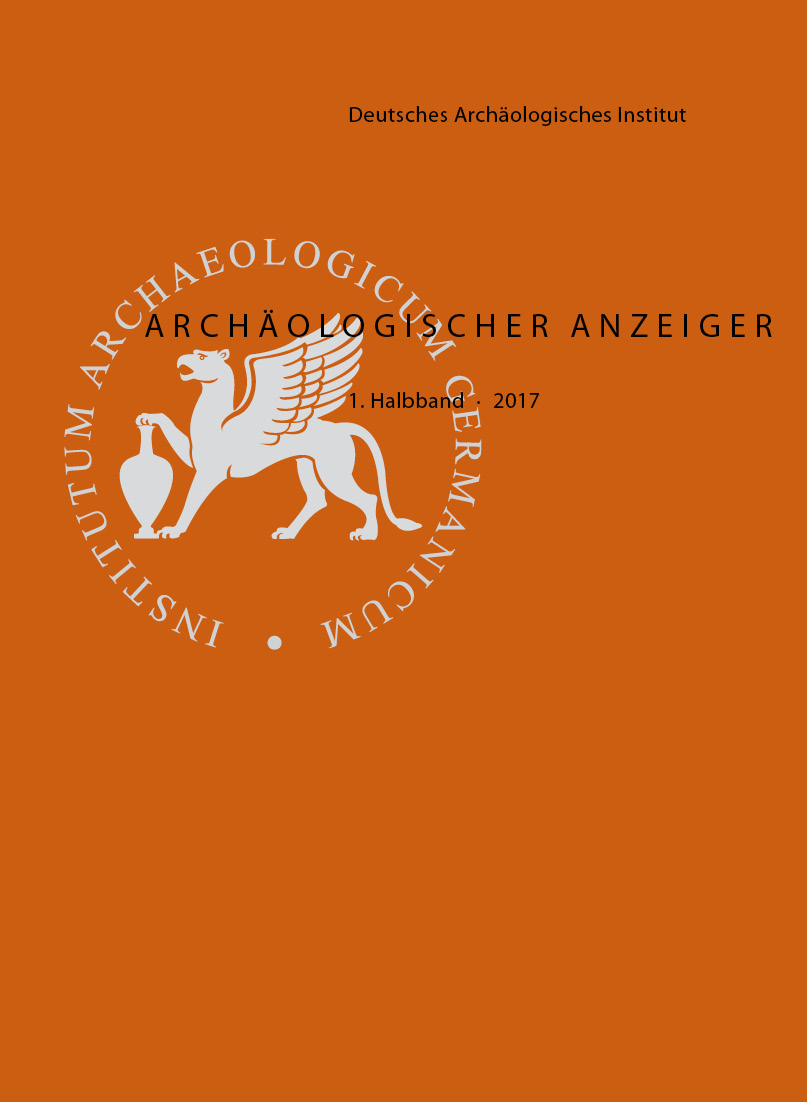Classification, Use, and Function of Hanging Nodules in the Neopalatial Administrative Practices (Minoan Crete)
https://doi.org/10.34780/co45-i41c
Abstract
Clay sealings are administrative devices well attested in the Aegean during the entire Bronze Age. Their shapes, characteristics and function change through time and, at least until the last phase of the Late Bronze Age, are in part still poorly defined. As for the Neopalatial period, almost all the available material dates to LM I (approximately 1580–1450 B.C. on the traditional low chronology, or 1700–1460 B.C. on the high chronology) and is grouped in four main types, conventionally called noduli, roundels, flat-based nodules and hanging nodules. The aim of the present paper is to discuss the case of the hanging nodules, which are in turn divided into ›single-hole‹ and ›two-hole‹ by E. Hallager, but which the CMS terms ›Schnurendplomben‹ (string-end nodules) and ›Schnurplomben‹ (string nodules). Since the evidence at our disposal is inconsistent, its interpretation largely depends on the way in which the data have been collected. My goal here is to suggest some adjustments in the classification methodology (since having the right data is usually better than having more data), and possible relationships among different types of documents according to the archaeological contexts (because data have no value or meaning in isolation, but only exist within a knowledge infrastructure).Parole chiave:
Crete and the Cyclades, Neopalatial Period, administrative practices, seals and sealings
Dowloads
Pubblicato
2018-11-19
Fascicolo
Sezione
Artikel
Informazioni bibliografiche e recensioni
Come citare
Montecchi, B. (2018) “Classification, Use, and Function of Hanging Nodules in the Neopalatial Administrative Practices (Minoan Crete)”, Archäologischer Anzeiger, 1, pp. 1–18. doi:10.34780/co45-i41c.





